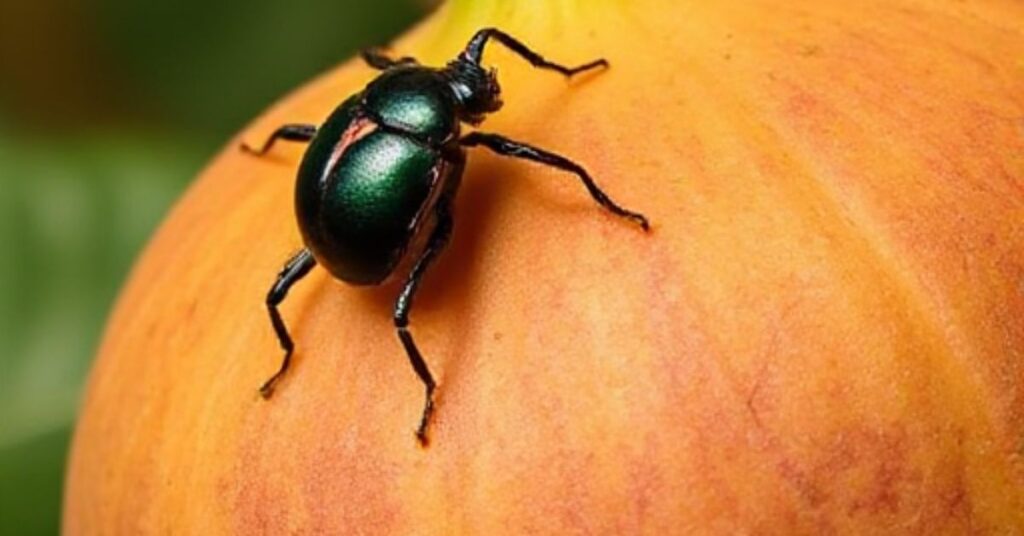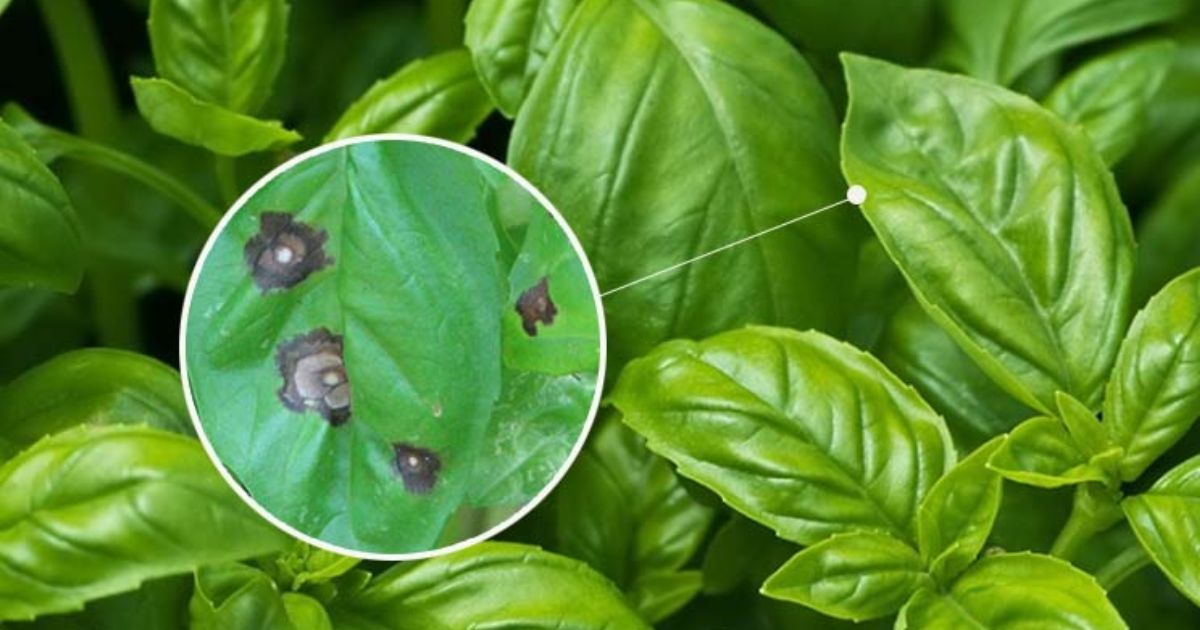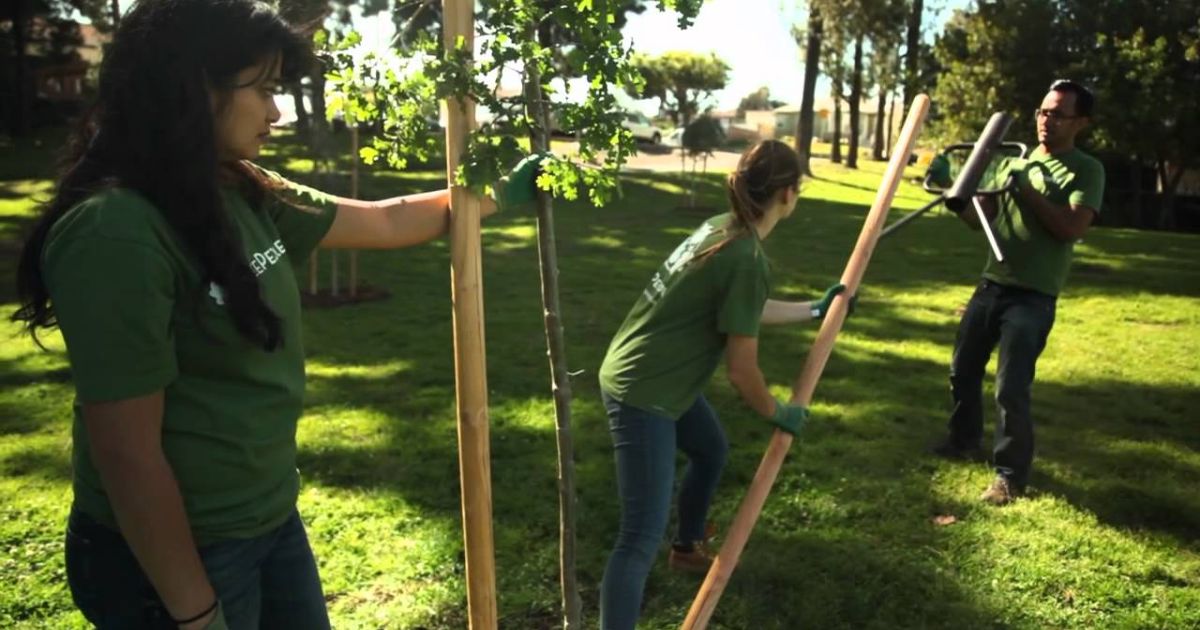Fig beetles, also known as green fruit beetles, are shiny, green-coloured pests that can wreak havoc on gardens and orchards. These beetles are notorious for feasting on ripe and overripe fruits, leaving behind a trail of destruction. If you’ve ever spotted these buzzing insects swarming around your trees or noticed the damage they cause, you know how frustrating it can be. Luckily, there are effective ways to eliminate white worms coming out of my figs and prevent them from returning.This guide will walk you through everything you need about fig beetles, their life cycle, and the most effective ways to eliminate them from your property.
What Are Fig Beetles?
Appearance and Characteristics
Fig beetles (Cotinis mutabilis) are medium-to-large beetles, typically measuring about 1 inch long. They have metallic green bodies with bronze or gold accents on their wings. Despite their striking appearance, these insects are anything but welcome in your yard. blind flying iridescent beetle california are often mistaken for June bugs due to their similar size and shape.You’ll usually spot them flying around during summer, buzzing loudly as they search for food.
Life Cycle of Fig Beetles
Fig beetles undergo four life stages: egg, larva, pupa, and adult. Female beetles lay their eggs in compost, mulch, or soft soil. These eggs hatch into larvae, Quick Tips to Prevent and Get Rid of Earwig also known as grubs, which feed on organic matter and plant roots. After a few weeks, the grubs pupate in the soil and emerge as adultf igeater beetle lifespan, ready to continue the cycle.Adult beetles are most active when fruits are ripe during late summer, making this their peak feeding season.
Why Fig Beetles Are a Problem
Damage to Fruit and Plants
fig tree bugs are primarily attracted to ripe fruits such as figs, grapes, peaches, and plums. They pierce the fruit’s skin to feed on the juicy flesh, leaving open wounds inviting rot and other pests. A single are fig beetles blind can ruin multiple fruits in one sitting, and larger infestations can devastate an entire crop.
Impact on Gardens and Lawns
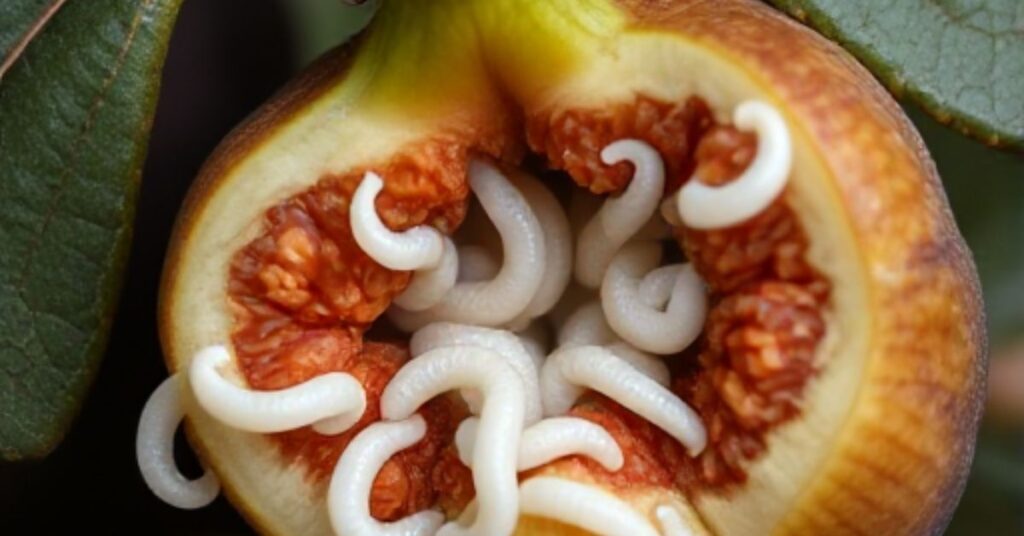
The grubs, which live in the soil, can damage your lawn by feeding on roots. Over time, this can lead to patches of dead grass and weakened plants. Grubs are particularly problematic in well-watered lawns, where the soil stays soft and moist.
Attracted to Fermenting Fruits
Fig beetles are drawn to the smell of fermenting fruit. Fallen or overripe fruit acts like a beacon, attracting these pests in large numbers. Once they arrive, they can quickly spread to other plants and trees in your garden.
Where Do Fig Beetles Usually Exist?
Native to the southwest region of the United States and portions of Mexico. They were mainly found in Arizona, New Mexico, Texas, and northern Mexico. However, by the 1960s, Soil Solarization in Raised Beds their range expanded, and they began appearing in coastal regions of Southern California.Today, fig beetles are farther up the coast into Central California and even the Central Valley.This population growth is believed to be linked to the rise of home gardens. Gardens provide abundant food sources for adult beetles, while compost piles and mulch heaps in yards offer shelter and nourishment for beetle larvae.
What Attracts Fig Beetles?
If you don’t have fruit-bearing trees or shrubs in your yard, you might rarely come across fig beetles.These pests are especially drawn to soft, thin-skinned fruits such as figs, peaches, plums, pears, How to Tell If an Avocado cherries, apricots, grapes, berries, and cactus. They easily pierce these fruits with their mouthparts, especially if they are overripe or damaged. If you grow bananas and let them ripen until they turn yellow or brown on the bunch, you might notice fig beetles swarming around split bananas due to their sweetness and softness. figeater beetle blind are particularly fond of decaying or rotting fruit.In the absence of fruit, fig beetles are attracted to anything sweet, including plant pollen, nectar, and sap.
Fig Beetle Look-Alikes
blind beetle are often mistaken for Japanese (Popillia japonica) or green June beetles (Cotinis nitida, commonly called June bugs).While these species may share similarities in appearance, there are notable differences. Japanese and June beetles are slightly smaller, are figeater beetles blind more coppery or brownish, and are typically found in the southern and eastern United States, ranging from Texas to New York.
Preventing Fig Beetle Infestations
Regular Yard Maintenance
The first step to preventing fig beetle infestations is keeping your yard clean. Remove fallen fruit, dead leaves, and other debris that might attract beetles. Regularly prune your trees and shrubs to improve air circulation and reduce hiding spots.
Choosing Resistant Plants
Certain plants are less appealing to fig beetles. Why the Banana Plant As a natural deterrent, think about including these in your landscape. Also, avoid planting fruits that are highly susceptible to beetle damage unless you’re prepared to protect them.
Timing, Watering and Fertilizing
Grubs thrive in soft, moist soil. Water your lawn sparingly and aerate the soil regularly to discourage beetles from laying eggs. Avoid over-fertilizing, as this can create conditions that favour grub growth.
Natural Ways to Control Fig Beetles
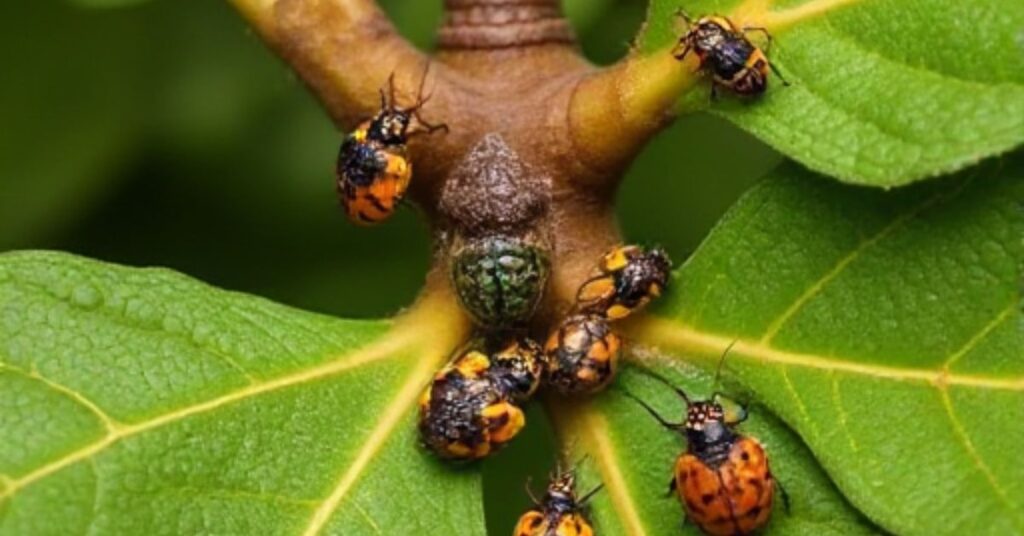
Using Traps
One effective way to reduce fig beetle numbers is by setting up traps. You can purchase commercial beetle traps or make your own using simple materials like a plastic bottle, sugar water, and a piece of ripe fruit as bait.
Introducing Natural Predators
Encourage birds, lizards, and beneficial nematodes to live in your yard. These natural predators feed on beetles and their larvae, keeping populations in check.
Organic Repellents
Homemade sprays from garlic, 9 Fruits and Vegetables neem oil, or chilli peppers can help deter fig beetles. Apply these sprays to your plants as a natural alternative to chemical pesticides.
Chemical Control Options
Insecticides for Fig Beetles
If natural methods aren’t enough, consider using insecticides designed for beetles. Look for products labelled for fruit and vegetable crops, and always follow the manufacturer’s instructions to ensure safe application.
Targeting Grubs in the Soil
To eliminate grubs, apply a granular insecticide to your lawn. These treatments kill larvae before they can mature into adult beetles. Be sure to treat your lawn when grubs are most active in the spring or fall.
DIY Fig Beetle Control Methods
Making Homemade Beetle Traps
Building your beetle trap is simple. Cut the top off a plastic bottle and invert it to create a funnel. Fill the bottle with water, sugar, and a few slices of ripe fruit. Place the trap in your garden, and watch as it attracts and captures fig beetles.
Protecting Your Fruit Trees
Use lightweight nets or covers to shield your fruit trees from beetles. These barriers prevent beetles from reaching the fruit, allowing sunlight and air to pass through.
Long-Term Strategies for Fig Beetle Management
Soil Health and Aeration
Healthy soil is less hospitable to grubs. Aerate your lawn frequently to enhance drainage and lessen compaction. Adding compost can also help create a balanced environment that supports beneficial microbes.
Encouraging Biodiversity
A diverse ecosystem naturally regulates pests. Planting various flowers, shrubs, and trees attracts birds, insects, and other animals that prey on fig beetles and their larvae.
How to Control Fig Beetles Naturally
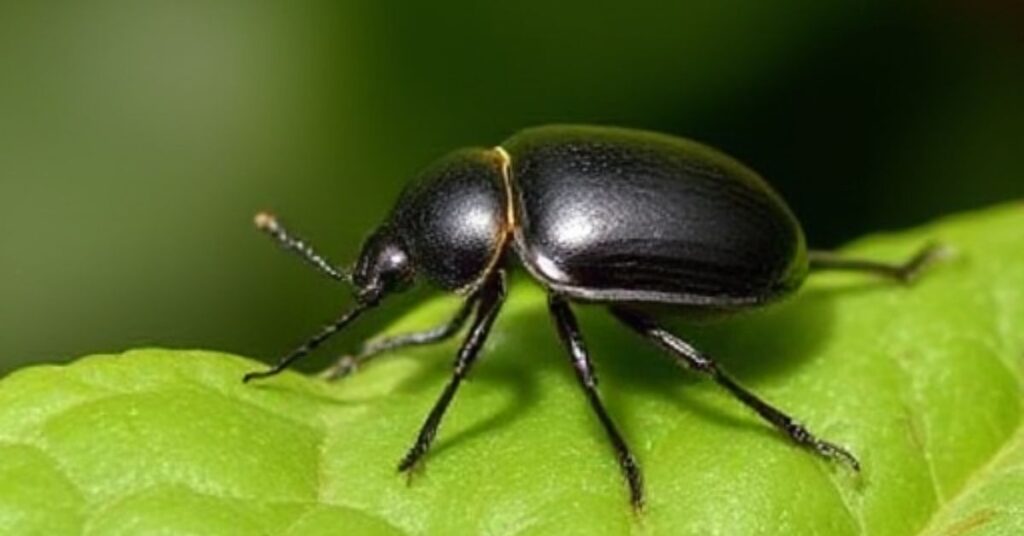
Controlling worms coming out of ripe figs naturally involves a combination of preventative measures and environmentally friendly techniques. Start by eliminating their food sources. Harvest fruits like figs, peaches, and grapes as soon as they ripen to avoid attracting fig beetles. Remove any fallen, damaged, or overripe fruits promptly, as these are especially appealing to them.Next, disrupt their breeding sites. Fig beetles lay their eggs in soil, compost, or mulch piles. Regularly turn and aerate compost heaps to make them less hospitable for larvae. Avoid leaving exposed piles of organic matter in your yard for extended periods.
You can also use physical barriers like fine mesh netting to protect fruit trees and shrubs. This prevents beetles from accessing and damaging your crops. Handpicking adult beetles is also an effective method if their numbers are manageable.Introducing natural predators can also help. Birds, chickens, and other insect-eating animals can reduce beetle populations. Pollinator-friendly flowers can attract beneficial insects that might compete with or prey on fig beetles.Finally, consider using traps baited with sweet-smelling fruit to lure and capture adult beetles. Combining these strategies creates a balanced, chemical-free approach to controlling fig beetles while maintaining a healthy garden ecosystem.
Conclusion
Fig beetles, while a common nuisance in gardens, can be managed effectively using natural methods. By removing their food sources, disrupting breeding grounds, and using protective measures like netting or traps, you can minimize their impact on your garden. Encouraging natural predators and maintaining a clean, well-tended yard further enhances your defense against these pests. With a little effort and consistency, you can protect your fruits and plants without resorting to harmful chemicals, ensuring a thriving and eco-friendly garden.fruit beetle grubs for sale
FAQ
What attracts fig beetles to my yard?
Fig beetles are drawn to ripe and fermenting fruits and soft, moist soil where they can lay their eggs.
Are fig beetles harmful to humans or pets?
No, fig beetles are harmless to humans and pets. They’re primarily a nuisance due to their feeding habits.
Can fig beetles kill my plants?
While they don’t kill plants outright, fig beetles can weaken them by damaging fruits and feeding on roots during larval.
How long does it take to eliminate an infestation?
The timeline depends on the severity of the infestation and the methods used. Consistent effort over a few weeks to months is usually adequate.
Do fig beetles serve any beneficial purpose?
Yes, fig beetles help break down organic matter in the soil during their larval stage, contributing to composting.

